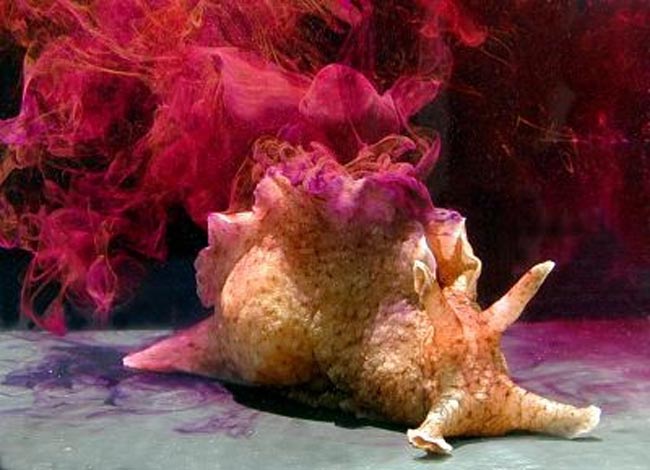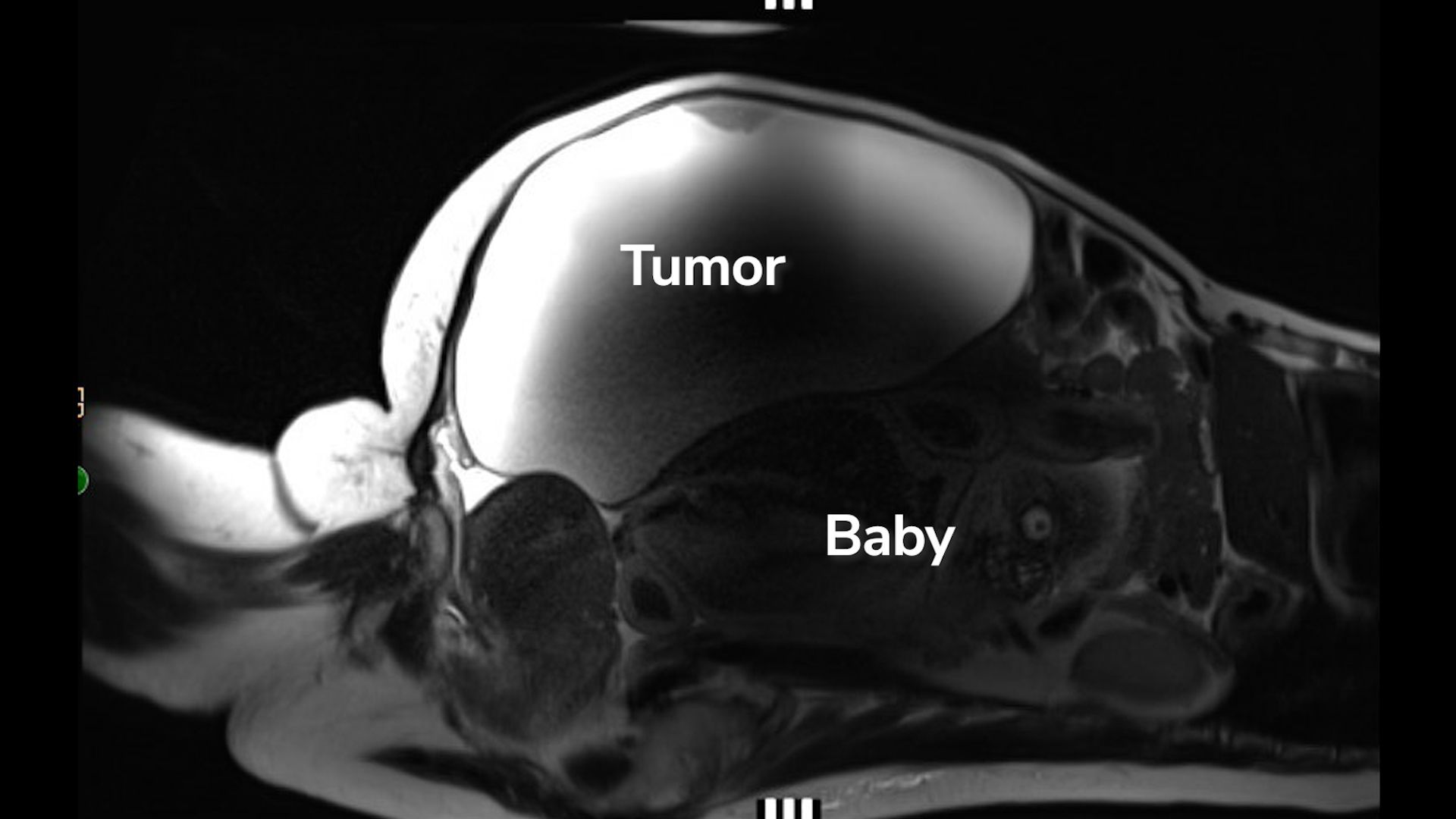Sea Slug Offers Clues to Improving Long-Term Memory

Using sea slugs as models, scientists someday may be able to design learning protocols that improve long-term memory formation in humans, a new study suggests.
The researchers used information about biochemical pathways in the brain of the sea slug Aplysia to design a computer model that identified the times when the mollusk’s brain is primed for learning. They tested the model by submitting the animals to a series of training sessions, involving electric shocks, and found that Aplysia experienced a significant increase in memory formation when the sessions were conducted during the peak periods predicted by the model.
The proof-of-principle study may someday help scientists discover ways to improve human memory, the researchers said.
"This is very impressive," David Glanzman, a neurobiologist at the University of California Los Angeles, said of the study, in which he was not involved. "If someone had asked me ahead of time, 'Are you going to be able to improve learning if you model these two pathways?' I would have predicted no."
A simple brain
Scientists have been studying the brain of Aplysia since the 1960s, and the animals have revealed many secrets of learning and memory in humans. The sea slug's central nervous system is relatively simple, with only 10,000 neurons, compared with the approximately 100 billion found in humans, explained the study lead author John Bryne, a neurobiologist at the University of Texas. Moreover, Aplysia's neurons are large and easily accessible.
"You can work out its neural circuitry and behavior, and then you can train the animal and look for changes that are associated with learning," Bryne told LiveScience.
Get the world’s most fascinating discoveries delivered straight to your inbox.
Learning in Aplysia takes the form of what scientists call sensitization. When researchers poke the animal or give it an electric shock, the sea slug will pull in its siphons, which are funnel-like appendages. An untrained slug will retract its siphons for only a few seconds, but as the animal learns that its environment is dangerous, it will hold in its appendages for longer times. [Tales of 10 Clever Animals]
Periodically poking the slug causes apparent changes in its neurons, allowing the animal to form a memory that lasts for more than a week (a considerable time for animals that live only a year).
In the 1980s, researchers discovered that training Aplysia with five pulses, one administered every 20 minutes, effectively helped the animals produce long-term sensitization memories. Since then, scientists have learned that the activation of two proteins is critical for the sea slug to develop these memories.
Creating a model
Bryne and his colleagues wondered if they could come up with a better learning protocol to stimulate memory formation, by entering into a computer simulation their information on the biochemical pathways that activate these two proteins.
"We told the computer, 'Run simulations with these five training trials, but try every different permutation of the intervals between the trials to find ones that maximize the reactions,'" Bryne said.
The computer determined that trials (or electrical pulses) given at intervals of 10, 10, 5 and 30 minutes would optimize the biochemical reactions.
When the researchers tested this enhanced protocol with live sea slugs, they found that the animals still remembered the shock after five days; the slugs didn't remember the shock when it was administered at standard 20-minute intervals.
They also tested their protocol in cultured cells. They removed the sensory neurons and motor neurons — which control reflexes — from slugs' brains and allowed the cells to re-establish connections in a cell culture. They replaced shock with serotonin, a neurotransmitter that facilitates connections between the two types of neurons during reflexes.
The researchers found that serotonin pulses given with both protocols produced long-term changes in the strength of the connections between neurons, but the enhanced protocol resulted in connections that were stronger and lasted longer.
Proof of principle
"I think it's a very exciting study," said Samuel Schacher, a neurobiologist at Columbia University, who was not involved in the new research. "But whether or not this can be taken advantage of in people, at least from a neurobiological point of view, is an open question." The Aplysia brain has been heavily studied, he said, but scientists have a much less complete understanding of how particular neural systems in human, and other mammalian, brains work. [10 Things You Didn't Know About the Brain]
Schacher said the study "will be something that will encourage lots of research and approaches down the road," and perhaps its principles can be applied to humans in 10 years.
Bryne stresses that the study is a proof of the principle that scientists can come up with a better learning protocol if they have sufficient information about the biochemical reactions in the brain.
"We currently use drugs to improve memory, but drugs have undesirable side effects," he said. "This shows that there may be an alternative way to enhance memory that can potentially be taken to the classroom situation."
The study was published online Dec. 25 in the journal Nature Neuroscience.



